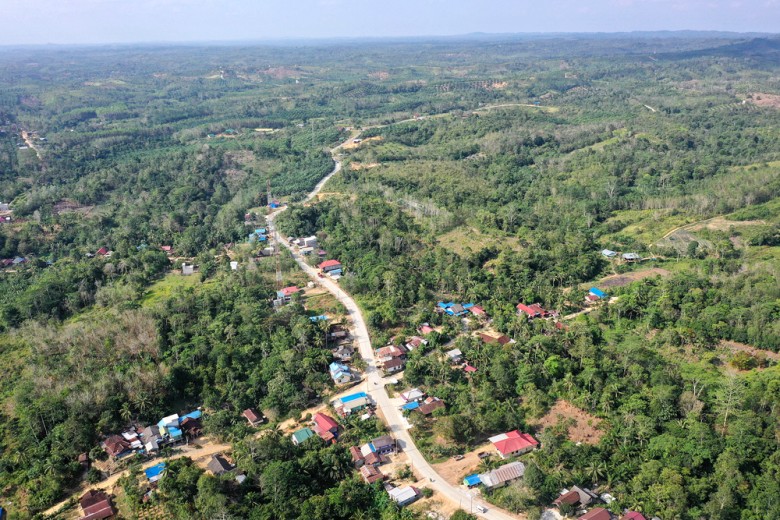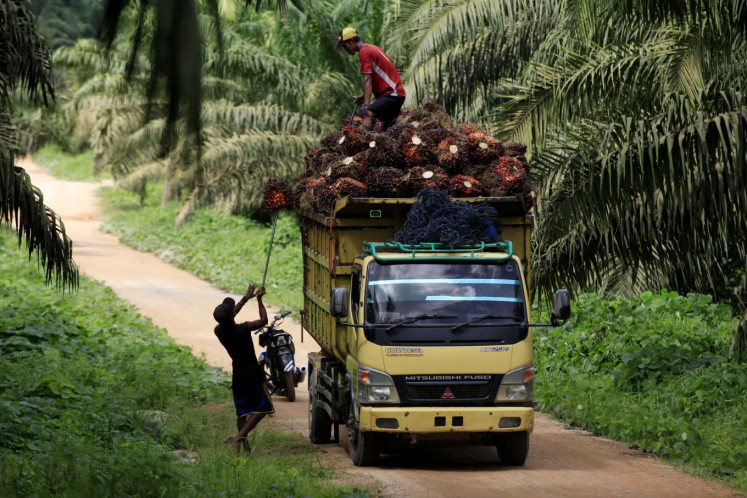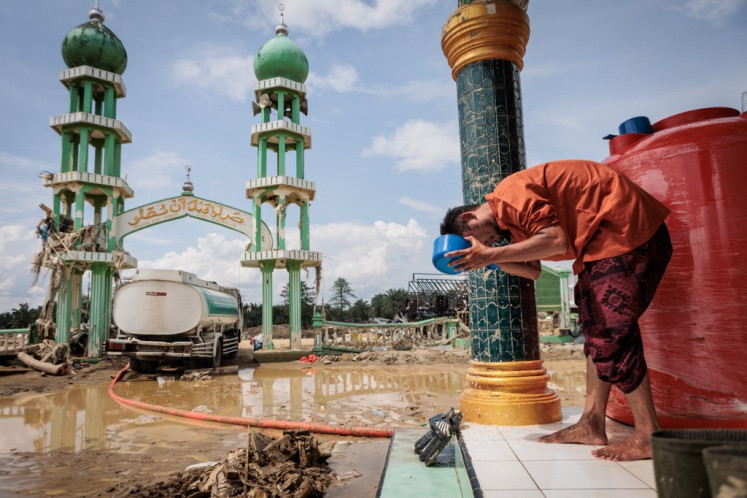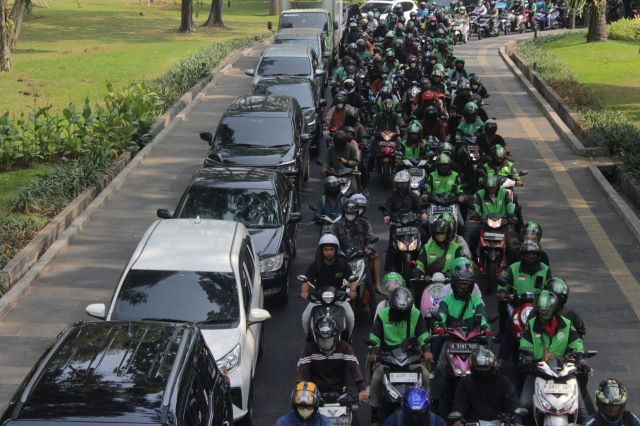Popular Reads
Top Results
Can't find what you're looking for?
View all search resultsPopular Reads
Top Results
Can't find what you're looking for?
View all search resultsPartial survey of new capital's site finds flood risk, low quake risk – but no volcanoes
The energy ministry's Geological Agency has surveyed 75 percent of the planned site of the new capital, with the remaining area to be surveyed in 2020.
Change text size
Gift Premium Articles
to Anyone
A
geological and geophysical survey has discovered that the planned location of Indonesia’s new capital in East Kalimantan has a risk of flooding, with an official pointing to the local topography as contributing to the potential hazard.
Eko Budi Lelono, who heads the geological survey center at the Energy and Mineral Resources Ministry’s Geological Agency, said that Sepaku district in North Penajam Paser regency and Samboja district in Kutai Kertanegara regency were at risk of flooding because of "lumps and bumps" – the uneven characteristics of the land surface.
The Geological Agency surveyed up to 7,000 hectares of the planned site of the new capital in the two regencies between September and October.
“What should be taken into account [during construction] is the area’s morphology" to ensure that the new capital would be free of flood risks, Eko said on Tuesday during a seminar in Bandung, West Java.
“There are hills and valleys there. It will be risky if a flood strikes,” he said.
Despite the potential risk of flooding, the survey results showed that the surveyed area had stable soil because the rock was hard and strong, added Eko.
The survey also found that the fault lines in the area were not as active as those on Java, which indicated a lower risk of earthquakes as well as soil liquefaction.
No volcano was identified in the surveyed area.
Eko also said that the area was located far from coal mines, which was important to avoid potential mine fires.
The survey report included maps so that anyone could understand it easily and use it as a reference, even without any specialized geological knowledge, said Eko.
The results of the survey was documented in 16 maps that included maps on geomorphology, geology, gravity anomaly, groundwater storage potential, landslide vulnerability, soil erosion vulnerability, seismic hazards, shallow gas reservoirs, delineation of coal mine fires and land use.
“We have only covered three-quarters [of the new capital's site]," said Eko, adding that the agency would finish the survey next year. "Time and the budget is limited, but we will be more detailed in next year's survey."
Geology Agency head Rudy Suhendar, who submitted the survey report to capital city relocation team head Imron Bulkin, an official with the Development Planning Agency (Bappenas), expressed hope that the report would contribute to the development of geological hazards policies for the new capital.
Rudy said that the draft spatial plan (RTRW) and detailed spatial plan (RDTR) for the new capital must include a geological hazard analysis to prevent fatalities and other potential disaster costs. (sau)










